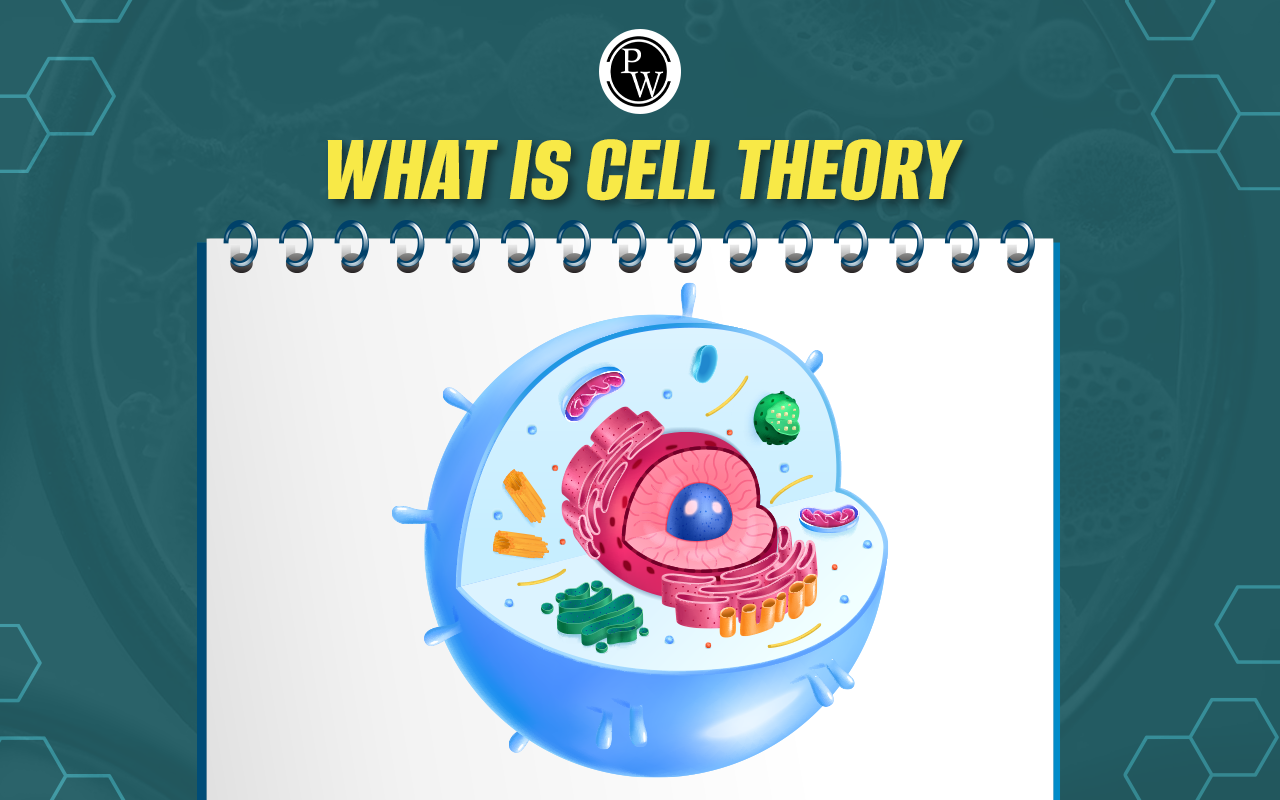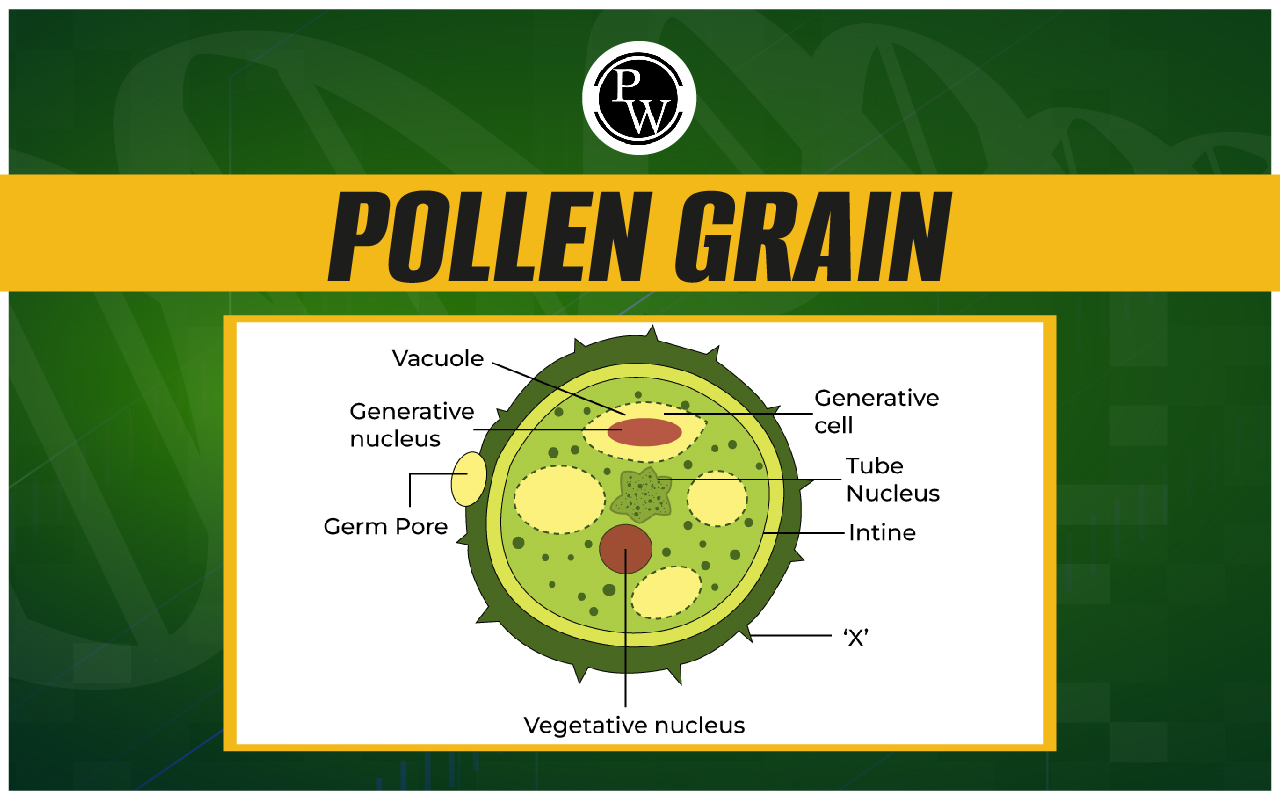
Racemose Inflorescence: In a flowering plant, a group of flowers on its branches is known as an inflorescence. There are various types of inflorescences based on how the flowers are arranged on a stem or its central axis, also known as the peduncle. Inflorescences are classified as either indeterminate or determinate based on this arrangement.
In indeterminate inflorescences, the youngest buds are found in the center of a truncated axis or at the tip of an elongated stem. In determinate inflorescences, however, these budding flowers are found either at the bottom of an elongated axis or outside a truncated axis. As a result, flowers in determinate inflorescences begin to mature from the top down, or inside out, whereas indeterminate inflorescences mature from the bottom up, or outside in. These two broad types of inflorescences are further classified into racemose, cymose, compound, mixed, and special inflorescences. A racemose inflorescence has an ever-growing central axis or peduncle, with flowers stalked laterally in an acropetal order. Acropetal order indicates that the flowers at the bottom are older than the ones at the top. Flowers can also be arranged in a centripetal order. Racemose inflorescence, also known as the indefinite or infinite type, is characterized by continuous growth of the main stem.Sexual Reproduction in Flowering Plants
Racemose Inflorescence Meaning
A racemose inflorescence is characterized by its indefinite main axis, which continues to grow and does not terminate in a flower. This type of inflorescence is also known as an indefinite or indeterminate inflorescence. The racemose inflorescence has the following key features:- The main axis, called a peduncle, exhibits indefinite growth and continuously produces flower buds.
- Peduncles follow a monopodial growth pattern.
- Flowers are typically not grouped together closely.
- Flowers are arranged in acropetal succession, with older flowers located towards the base of the inflorescence and younger ones towards the apex.
- Flowers do not provide protective cover to newly formed fruits.
- A flower may not always be located at the tip of the peduncle.
Racemose Inflorescence Types
Racemose inflorescences represent one of the fundamental types of flower arrangements on a flowering stem. In this type, flowers develop along an elongated main axis, known as the rachis, in an acropetal order, where the youngest flowers are positioned at the tip. The main axis continues to elongate as more flowers develop. Racemose inflorescences can be further classified into various types based on distinct characteristics, including the presence or absence of flower stalks (pedicels), the length of the pedicels, and the arrangement of flowers. The types of racemose inflorescences are:- Elongated Main-Axis
- Raceme: Simple inflorescence with flowers on short stalks of equal length at equal distances along an elongated axis, opening in succession toward the apex. Examples include mustard (Brassica campestris) and radish (Raphanus sativus).
- Compound Raceme or Panicle: Main axis is branched, with lateral branches bearing flowers in a simple raceme manner. Examples include Mango (Mangifera indica), Azadirachta indica (neem), etc.
- Spike: Main axis remains elongated, with lower flowers opening earlier than upper ones. Flowers are sessile. Examples include Amaranth (Amaranthus spp.), latjira (Achyranthes Aspera), etc.
- Spike of Spikelets: Compound spike with sessile flowers (spikelets) on branched main axis. Examples include Wheat, barley, sorghum, oats, etc.
- Spikelets: Each spikelet can have one or more flowers (florets) attached to a central stalk called a rachilla. Arranged in a spike inflorescence, spikelets can be raceme, panicle, spike, or compound spike.
- Raceme Spikelet: Spikelets on pedicels attached to the rachis (central axis). Examples include Festuca, Paspalum (crown grass), Echinochloa (barnyard grass), etc.
- Panicle Spikelet: Spikelets attached to panicle branches. Examples include Avena, switchgrass, reed canary grass, Alopecurus (foxtails), etc.
- Sessile Spikelet: Attached directly to the rachis or panicle branches and lacks a pedicel. Examples include Hordeum, ryegrass, Triticum aestivum (Wheat), etc.
- Catkin: Drooping spike with unisexual sessile flowers arranged close together on the peduncle. Examples include Morus alba (mulberry), Betula (birches), Salix (willows), etc.
- Spadix: Formed when a spathe covers a spike. Found in monocotyledonous plants like Araceae, Musaceae, and Palmaceae. Compound spadix has branched main axis, with each branch bearing sessile flowers. Examples include coconut.
- Shortened Main Axis
- Corymb: Flowers at the same level, with lower flower's pedicels longer than upper flower's. Branched main axis with flowers arranged like an umbrella. Examples include Hawthorn.
- Umbel: Main axis shortened, with flowers emerging from the axil of bracts. Can be simple or compound, with branches forming an "umbel of umbels." Examples include Centella Asiatica (Brahmi), Allium cepa (onion), Fatsia japonica (paper plant), etc.
- Flattened Main Axis
- Capitulum: Main axis is suppressed and flat, allowing sessile flowers to form crowded patterns on the flat surface of the receptacle. Outer flowers are older and open earlier than inner ones.
| Other NEET Biology Topics | ||
|---|---|---|
| Ribosomes | Pollination | Apomixis |
| Centrosome | Embryo | Tissues |
| Rhizopus | Pinus | Gluconeogenesis |
| Chlamydomonas | Chara | Ribs |
Racemose Inflorescence Examples
Racemose inflorescences, characterized by their elongated, unbranched structure, are common in various plant species. Several examples of such inflorescences include:- Grapes ( Vitis vinifera) : The grapevine features a compound raceme, also known as a panicle. Each grape cluster forms a dense, branched structure with individual grapes attached to secondary axes.
- Snapdragons ( Antirrhinum majus ): Snapdragons exhibit tall, slender racemes where flowers are arranged along the main axis. The flowers typically bloom from the base of the raceme upwards.
- Orchids (Orchidaceae): Orchids display different types of racemose inflorescences, including the simple raceme, where flowers are directly attached to the main axis. The arrangement of flowers along the axis varies significantly among orchid species.
- Sweet Pea ( Lathyrus odoratus ): Sweet peas showcase a type of raceme known as a simple raceme, where flowers are borne along the main axis. Compared to snapdragons, the raceme of sweet peas is usually longer, with flowers that open sequentially from the base to the tip.
- Amaranth ( Amaranthus spp. ): Amaranth plants produce racemose inflorescences called spikes. These spikes feature densely packed flowers along an elongated, unbranched axis.
Racemose Inflorescence Acropetal
Racemose inflorescences exhibit an acropetal flower arrangement, where the youngest blooms are found at the apex of the primary axis, known as the peduncle. In contrast, older flowers are located further down the stem. Key features of a racemose inflorescence include:- Indefinite growth of the primary axis: The peduncle continues to elongate during the flowering period, facilitating the development of new flowers at its tip.
- Lateral flower bearing: Flowers are attached to the sides of the peduncle rather than at its terminal end.
- Acropetal progression: Younger flowers are situated nearer to the tip, while older flowers are positioned towards the base of the stem.
- Presence of stalked or sessile flowers: Individual flowers may possess small stalks (pedicels) attaching them to the primary axis, or they may be directly attached without a stalk.
Racemose Inflorescence And Cymose Inflorescence
The table below compares the characteristics of racemose and cymose inflorescences. Racemose inflorescences are indefinite or indeterminate, with flowers borne laterally and in acropetal succession. In contrast, cymose inflorescences are definite or determinate, with flowers borne terminally and in basipetal succession.| Racemose Inflorescence And Cymose Inflorescence | ||
|---|---|---|
| Characteristic | Racemose Inflorescence | Cymose Inflorescence |
| Type | Indefinite or indeterminate | Definite or determinate |
| Growth of Main Axis | Does not end with a flower | Ends with a flower |
| Flower Arrangement | Acropetal succession (lower older, upper younger) | Basipetal succession (lower younger, upper older) |
| Flower Bearing | Lateral | Terminal |
| Interval Between Flower Openings | Short | Long |
| NEET Exam Important Links | |
|---|---|
| NEET Biology Syllabus | NEET Biology Diagrams |
| NEET Biology MCQ | NEET Biology Chapter wise Weightage |
| NEET Biology Notes | NEET Previous Year Question papers |
Racemose Inflorescence FAQs
What is a racemose inflorescence?
"A racemose inflorescence is a type of inflorescence where the main axis continues to grow indefinitely and does not terminate in a flower, making it an indefinite or indeterminate inflorescence."
What are some examples of racemose and cymose inflorescences?
Some examples of racemose inflorescences include mustard, larkspur, and snapdragon. Cymose inflorescences have a more extended flowering period, and the flowers remain open for a longer duration. This type of flower arrangement is more commonly observed.
What are examples of cymose inflorescences?
Cymose inflorescences can be found in plants such as Solanum nigrum, Drosera, Begonia, Ranunculus, Jasmine, and Calotropis, as well as other species of flowering plants.
What are racemose inflorescences and their types?
Racemose inflorescences are classified based on the elongation of the main axis. Types include raceme, spike, spikelets, catkin, and spadix for elongated main axes; corymb and umbel for shorter main axes; and capitulum for flattened main axes.
Is mustard a cymose or racemose plant?
Mustard plants have two stamens with very short filaments, ovate or linear bracts, and bell-shaped calyxes, typically with a strong fragrance. The inflorescence of mustard, with each flower attached to a short stalk (pedicel), is called a raceme.
Is Tulsi a racemose or cymose plant?
Tulsi (Ocimum) of the Labiate family exhibits a mixed inflorescence. It has two clusters of condensed cymose inflorescences with sessile or extremely short-stalked flowers in the axils of opposite leaves. Each cluster or whorl bears 3-9 flowers, and the axil is the area between the leaf and the upper part of the stem.
🔥 Trending Blogs
Talk to a counsellorHave doubts? Our support team will be happy to assist you!

Check out these Related Articles
Free Learning Resources
PW Books
Notes (Class 10-12)
PW Study Materials
Notes (Class 6-9)
Ncert Solutions
Govt Exams
Class 6th to 12th Online Courses
Govt Job Exams Courses
UPSC Coaching
Defence Exam Coaching
Gate Exam Coaching
Other Exams
Know about Physics Wallah
Physics Wallah is an Indian edtech platform that provides accessible & comprehensive learning experiences to students from Class 6th to postgraduate level. We also provide extensive NCERT solutions, sample paper, NEET, JEE Mains, BITSAT previous year papers & more such resources to students. Physics Wallah also caters to over 3.5 million registered students and over 78 lakh+ Youtube subscribers with 4.8 rating on its app.
We Stand Out because
We provide students with intensive courses with India’s qualified & experienced faculties & mentors. PW strives to make the learning experience comprehensive and accessible for students of all sections of society. We believe in empowering every single student who couldn't dream of a good career in engineering and medical field earlier.
Our Key Focus Areas
Physics Wallah's main focus is to make the learning experience as economical as possible for all students. With our affordable courses like Lakshya, Udaan and Arjuna and many others, we have been able to provide a platform for lakhs of aspirants. From providing Chemistry, Maths, Physics formula to giving e-books of eminent authors like RD Sharma, RS Aggarwal and Lakhmir Singh, PW focuses on every single student's need for preparation.
What Makes Us Different
Physics Wallah strives to develop a comprehensive pedagogical structure for students, where they get a state-of-the-art learning experience with study material and resources. Apart from catering students preparing for JEE Mains and NEET, PW also provides study material for each state board like Uttar Pradesh, Bihar, and others
Copyright © 2025 Physicswallah Limited All rights reserved.
Get App









